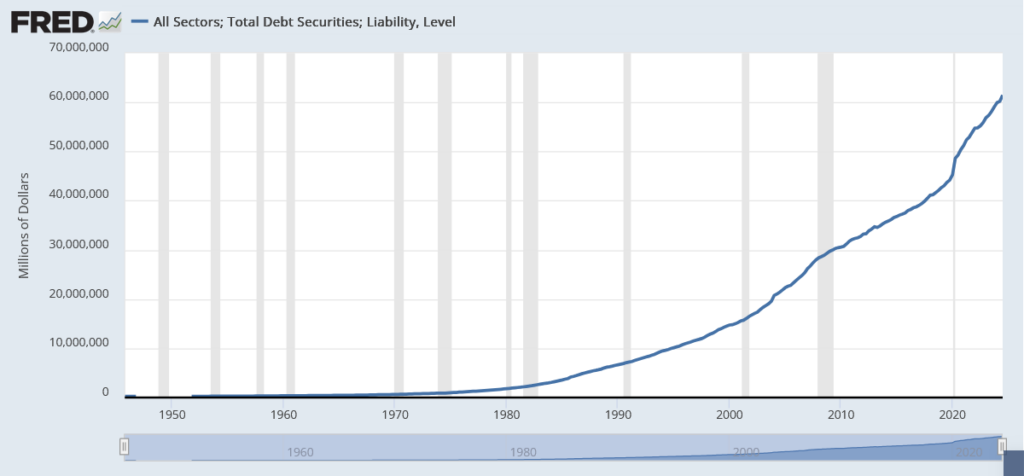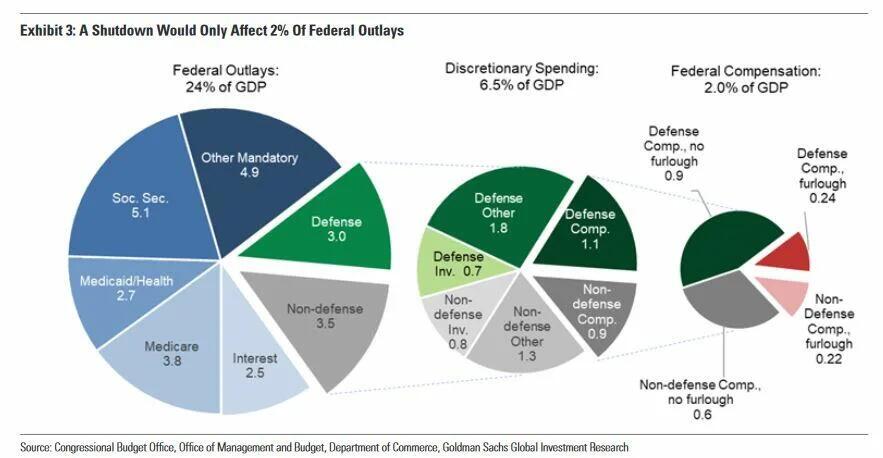A coordinated series of major cyberattacks targeting “transportation nodes, telecommunications services, power grids, water facilities… and likely much more,” would wreak unimaginable societal upheaval across the U.S., with devastating consequences for millions of families – who currently have no financial reserves to help insulate them from financial hurricane that would be sure to follow.
America needs a dynamic, massive debt-elimination plan that would insulate the broad American public from the loss of homes, the temporary loss of jobs and income, and the loss of opportunity to provide for their families.
Solution: The Leviticus 25 Plan
………………………………
“Defining Threat of our Generation” – Christopher Wray Fox News
January 18, 2025 – Excerpts:
“Serving as FBI Director for the past seven-plus years has given me an unparalleled view of the threats to our country’s public safety and national security. From where I sit, these threats are more dangerous and complex than at any time I can recall since I began my career in law enforcement almost 30 years ago.
Our adversaries—whether they be violent gangs, child predators, cartels, hackers, hostile nation-states, or terrorists—are more emboldened, better resourced, savvier with technology, and more relentless than ever before. With a keystroke, a foreign hacker can shut down a hospital or take our critical infrastructure offline. A would-be terrorist can communicate with plotters overseas through encrypted apps to secretly plan an attack on U.S. soil. Cartels can manufacture loads of deadly drugs with a potency no one has ever seen before using chemicals acquired half a world away.
The terrorism threat is elevated across the board.
“Looking ahead, the challenges to our security will grow even more daunting, and our margin for error will continue to shrink.”
“The Chinese government, in particular, has engineered an unprecedented effort to gut American innovation, steal our most precious personal data, and meddle in our free and open society. History will mark this as the defining threat of our generation,” Wray wrote.
Wray urged the the United States to prioritize unity and vigilance, warning that the margin for error in combating these threats is shrinking rapidly.
________________________________
FBI’s Wray Drops ‘Chinese Infiltration’ Bomb On Way Out, Warns Of Threat To Critical Infrastructure
ZeroHedge, Jan 13, 2025 – Excerpts:
According to outgoing FBI Director Christopher Wray in a Sunday [Jan 12, 2025] appearance on “60 Minutes,” – “The Chinese government is prepositioning on American civilian critical infrastructure to lie in wait on those networks to be in a position to wreak havoc & inflict real world harm at a time & place of their choosing.”
Wray described the CCP as “the greatest long-term threat” and the “defining threat of our generation” due in part to its state-funded cyber program that’s poised to “wreak havoc” on a whim – targeting water treatment plants, the electrical grid, natural gas infrastructure and other systems.
According to Wray, China has pre-positioned malware throughout American infrastructure.
He also says that Beijing has been listening to communications by high-level US officials.
According to a Feb. 5 assessment from the Office of the Director of National Intelligence, China is the “most active and persistent cyber threat to U.S. Government, private-sector, and critical infrastructure networks.”
_____________________________
CCP Cyberattacks Stoke Calls To Beef Up Western Counterespionage
ZeroHedge, Jan 22, 2025 – Authored by Venus Upadhayaya via The Epoch Times
Excerpts:
Jen Easterly, director of the U.S. Cybersecurity and Infrastructure Security Agency, highlighted the geopolitical context of Beijing’s increasing cyberespionage in a Jan. 15 blog post titled “Strengthening America’s Resilience Against the PRC Cyber Threats.”
“A crisis in Asia, precipitated by an invasion of Taiwan or a blockade of the Taiwan Strait, could have very real consequences for the safety and security of American citizens here at home,” Easterly wrote.
Such an invasion, she wrote, could be followed by disruptive attacks against “everything, everywhere, all at once.” Those attacks could hit transportation nodes, telecommunications services, power grids, water facilities, “and likely much more,” she wrote.
______________________________
“He who will not apply new remedies must expect new evils.” – Sir Francis Bacon
The Leviticus 25 Plan is a dynamic economic initiative providing direct liquidity benefits for American families, while at the same time scaling back the role of government in managing and controlling the affairs of citizens. It is a comprehensive plan with long-term economic and social benefits for citizens and government.
The inspiration for this plan is based upon Biblical principles set forth in the Book of Leviticus, principles tendering direct economic liberties to the people.
The Leviticus 25 Plan – An Economic Acceleration Plan for America
$90,000 per U.S. citizen – Leviticus 25 Plan 2026 (24670 downloads )
















